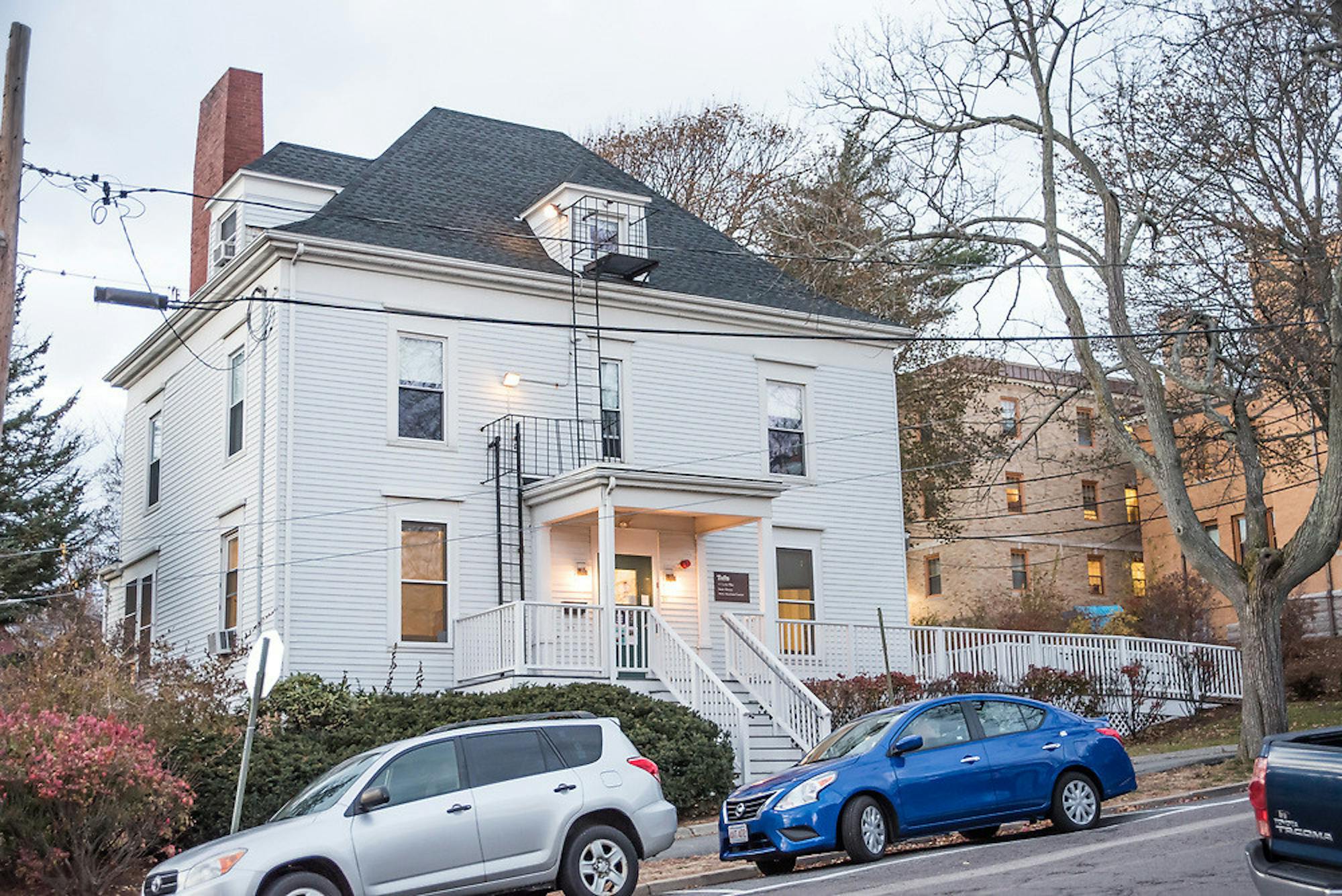The Asian American Center (AAC) hosted an event called “Between the Pages: Ricco Siasoco & Grace Talusan in conversation," where the authors spoke about their new books and how their work relates to their identities.
The event was held in the Crane Room in Paige Hall, and around 25 community members attended.
Aaron Parayno, director of the AAC, organized the event in conjunction with the LGBT Center and the Asian American studies program. Both Siasoco’s book, "The Foley Artist" (2019), and Talusan’s book, "The Body Papers" (2019), were released this year, sparking the idea for this event.
Talusan is a lecturer in the Department of English and the Department of Urban and Environmental Policy and Planning at Tufts.
“I think it would be special for the community to still engage with Grace, and I knew that Grace and Ricco were friends, so I thought it would be a meaningful way to connect instead of them just having a person come and just talk about their book. I like the idea of a conversation, and it’s kind of like almost watching someone in their living room and watching two friends catch up,” Parayno said.
Siasoco began the conversation by reading a passage from his book about the meeting of two women. Siasoco said he wanted to write more female characters since his characters were predominantly men.
“I have to push myself and inhabit that body, that being, that mentality, so it was really important to me to understand and stand in solidarity with women by writing two female characters,” Siasoco said.
Talusan continued the conversation by asking Siasoco about the ways writers can create connections in solidarity in order to develop empathy. Siasoco responded by saying that he does not often write characters that he likes or agrees with, but he stressed the importance of having empathy for all of his characters.
“You have to go to that character that you’re scared of, write to that fear … How can I write into [my character] to understand where she’s coming from in a way that’s unlike my own self?” Siasoco said.
Talusan followed up by discussing the process she took in writing her own memoir and how it forced her to have empathy for people she had not had before, the biggest person being herself. She said she had to learn to love parts of herself she had “run away from,” but it was important for her to address those experiences in her nonfiction.
Later in the conversation, Siasoco said he made a deliberate decision to write for a nonwhite audience, such as a queer, Filipino American reader, an idea he referred to as radical. Talusan echoed Siasoco's point by stressing the importance of writers’ audiences, as well as the fact that readers need to do the work to research parts of books they don’t understand, just as they would for white, male authors.
Sung-Min Kim, who often visits the AAC and attended the event, said she liked to see the two authors converse with each other and that their friendship was inspiring to her.
“I think for me, as someone who wants to be a writer, hearing from the authors themselves, where they’re coming from and their writing process is great, and also writers of color … as a person of color, having exposure to Asian American writers is quite rare, so it’s just really amazing to have that,” Kim, a junior, said.
According to Parayno, the overall goal of the event was to expose people to different narratives from Asian American and queer writers.
“Even though they’re more accessible now, you don’t always have the opportunity to talk to the authors and hear their rationale for writing their stories, so I really wanted to bring that to campus so that people could have a chance to understand what inspired a lot of the stories in the book,” Parayno said.
Filipinx authors discuss novels, identity at AAC event

The Asian American Center is pictured on Nov. 20, 2017.





